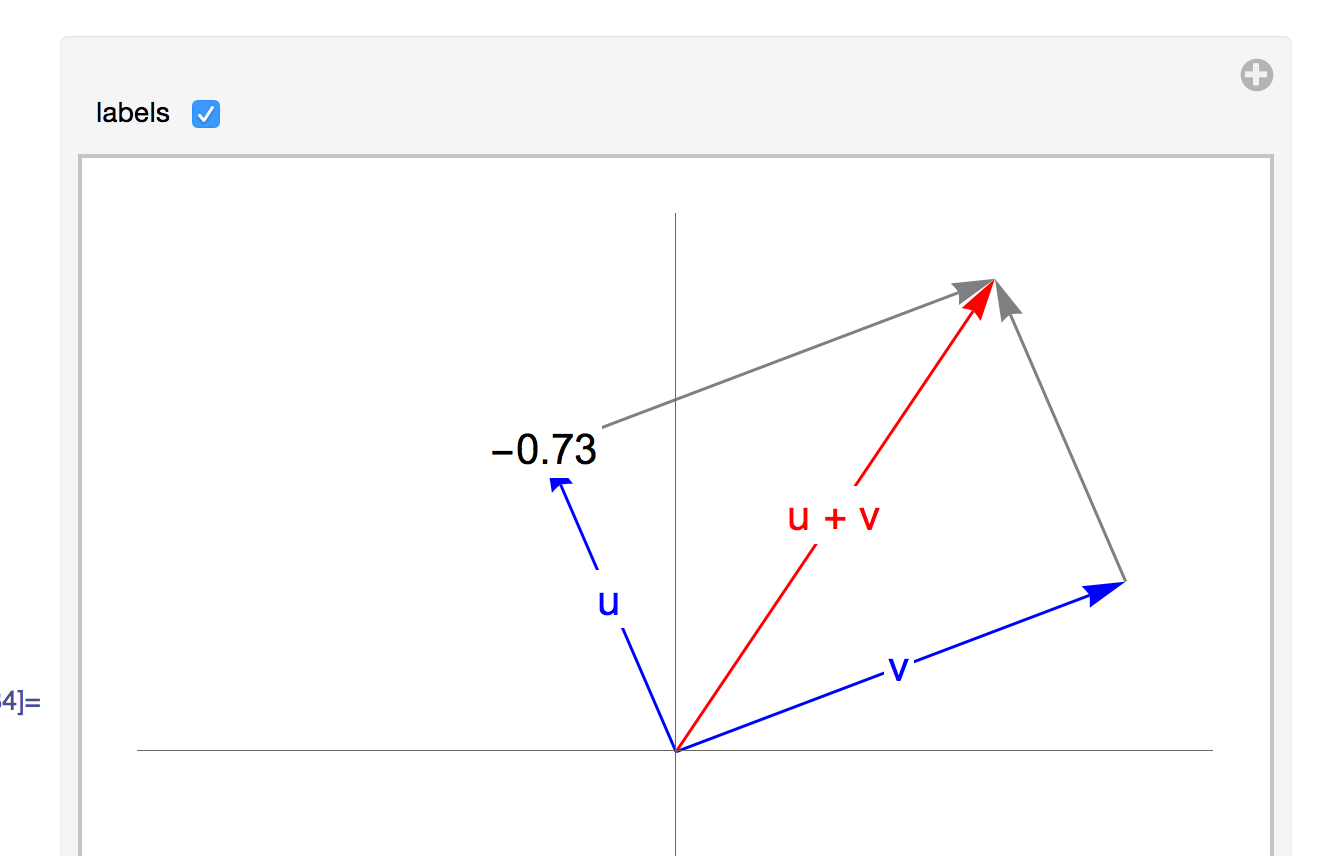

Unit vectors can be used in 2 dimensions: Here we show that the vector a is made up of 2 'x' unit vectors and 1.3 'y' unit vectors. Notice they still point in the same direction: In 2 Dimensions. Here vector a is shown to be 2.5 times a unit vector. \(\displaystyle x_3\,=\, \langle \,-1\, +\, 7i,\, 6\, +\, 10i,\, 11\, -\, 4i,\, 3\, +\, 4i \,\rangle\)Īlso, should we assume that you are using the period (the "." character) to indicate a dot (or "inner") product, and you are using the asterisk (the "*" character) to indicate scalar multiplication?Īre you keeping in mind that there is more than one orthogonalization for any given set of vectors? For instance, if you enter the same vectors, but in a different order, and ask Wolfram's Alpha solver to orthogonalize, you'll get a different set of vectors. A vector can be 'scaled' off the unit vector. (1) Let R be the linear transformation that reflects vectors over the plane x + 2y z 0. \(\displaystyle x_1\,=\, \langle \,1,\, i,\, 2\, -\, i,\, -1 \,\rangle\) Question: You can use wolframalpha or other technology to row reduce matrices or find inverse matrices unless otherwise noted in the problem. There is slightly specialized syntax, but documentation is good. Should we assume that the original exercise and instructions were as follows? This web page allows users to enter a set of linearly independent vectors in R n as input, and get the corresponding set of orthogonal vectors for output. is an eigenvalue (a scalar) of the Matrix A if there is a non-zero vector (v) such that the following relationship is satisfied: A (v) (v) Every vector (v) satisfying this equation is called an eigenvector of A belonging to the eigenvalue.


 0 kommentar(er)
0 kommentar(er)
